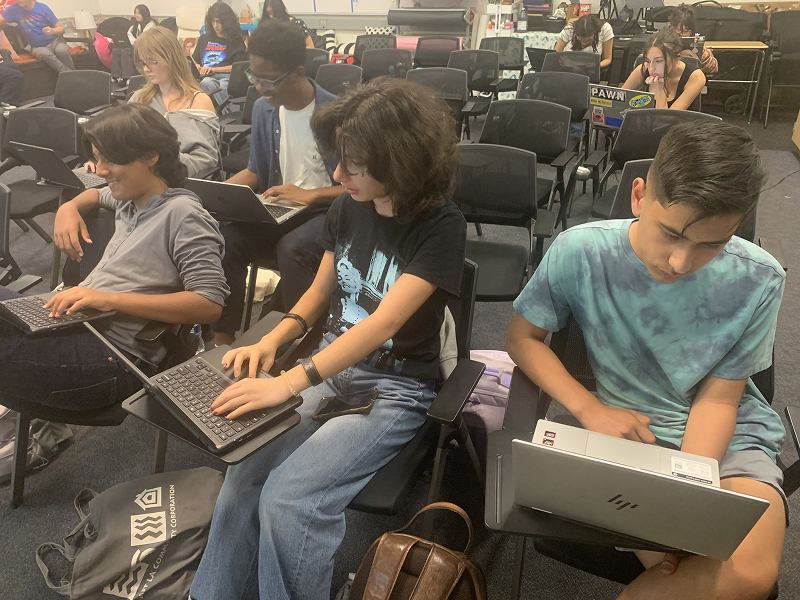As AI becomes more and more common in high schools nationwide, both concerns and praise have arisen towards what it means for the future of education. In these changing times, two CSARTS teachers provide their opinions.
Student Uses: Do’s and Don’ts
According to Timothy Gomez, CSArts-SGV Creative Writing Director, AI does not keep our brains sharp. “I would rather get a C paper from you that’s actually YOURS and I can help you improve rather than an A paper that isn’t yours and you can’t grow from!”
Teacher Uses: Limits & Obscurity
Computer Science Teacher Jake Read says AI is a tool for teachers to do things for students, helping them in ways they could not in the past, such as: creating a study guide, helping to brainstorm examples for lessons, and completing tasks the teacher does not have time for. Nevertheless, Read says, “if the AI does all the work for the teacher, which isn’t possible yet, but let’s say it was, then you basically make yourself obsolete.”
Looking Toward the Future
Views on the future of AI are torn, even within the faculty of CSARTS. While Gomez believes in AI tearing rifts between students and teachers due to false claims and imperfect detection systems, others see things in a more positive light. “I think that it has made us more efficient and less resentful of work,” says Read. Students, he says, grow resentful because they have nobody to help them when they get stuck. With AI, that no longer becomes an issue. But, that doesn’t mean AI use goes completely unchecked either. Mr. Read requires AI use to be transparently stated, and even holds an offline exam every unit to ensure that his students are understanding, even without the use of AI.
You can find the current CSArts-SGV AI Policy in the student handbook.

 One Last Time
One Last Time